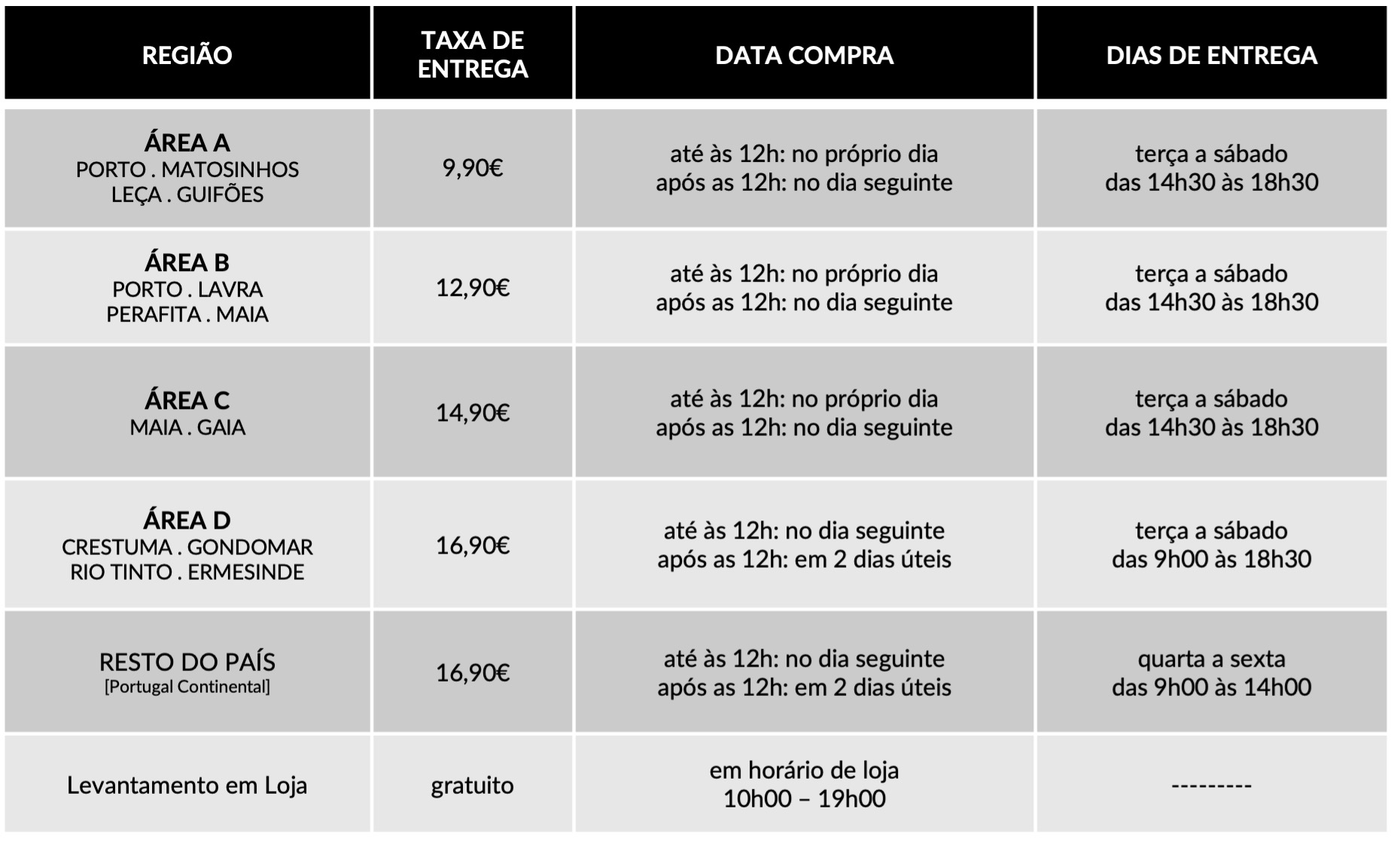Privacy Overview
| Cookie | Duração | Descrição |
|---|---|---|
| cookielawinfo-checkbox-analytics | 11 months | This cookie is set by GDPR Cookie Consent plugin. The cookie is used to store the user consent for the cookies in the category "Analytics". |
| cookielawinfo-checkbox-functional | 11 months | The cookie is set by GDPR cookie consent to record the user consent for the cookies in the category "Functional". |
| cookielawinfo-checkbox-necessary | 11 months | This cookie is set by GDPR Cookie Consent plugin. The cookies is used to store the user consent for the cookies in the category "Necessary". |
| cookielawinfo-checkbox-others | 11 months | This cookie is set by GDPR Cookie Consent plugin. The cookie is used to store the user consent for the cookies in the category "Other. |
| cookielawinfo-checkbox-performance | 11 months | This cookie is set by GDPR Cookie Consent plugin. The cookie is used to store the user consent for the cookies in the category "Performance". |
| viewed_cookie_policy | 11 months | The cookie is set by the GDPR Cookie Consent plugin and is used to store whether or not user has consented to the use of cookies. It does not store any personal data. |

Dedicamos toda a atenção na manutenção e preservação das nossas Flores, garantindo que cheguem ao nosso cliente com toda a frescura, qualidade e beleza. Disponibilizamos várias soluções de manutenção e embalamentos adequando sempre a cada necessidade e contexto da entrega.
Pode incluir na sua oferta uma mensagem personalizada que irá ser reproduzida por nós. No processo da compra online basta preencher o campo ”dedicatória” e escrever a mensagem pretendida.
Valorizamos e priorizamos a qualidade dos serviços e dos nossos produtos. Todas as flores disponibilizadas nos ramos e arranjos disponíveis na loja online são frescas e estão em condições de servir o destinatário.
Caso haja alguma insatisfação por parte do cliente, recomendamos que utilize os nossos canais de comunicação para que possamos analisar a questão.
As fotografias são ilustrativas, quer isto dizer que não garantimos a 100% a sua fieldade com a realidade.
As fotografias devem ser interpretadas como uma base de modelo ou de estética onde as alterações estão sujeitas ao stock da flor e ao trabalho humano de cada florista. Note-se que algumas flores são sazonais e não estão disponíveis todo o ano. Como tal, serão necessárias fazer adaptações consoante a época e o stock da flor.
Para casos onde as alterações sejam extremamente notórias, contactaremos o cliente para ajustar a melhor solução.
Não cancelamos nem alteramos encomendas se esta já se encontrar em fase de curso, ou seja, se já tiver saído da loja e em fase de transporte.
Se a encomenda se encontrar no estado inicial, de processo, é possível alterar e cancelar a encomenda e reaver o seu dinheiro.
Caso não havendo outra referência dada pelo utilizador (por exemplo: deixar no porteiro, na loja x, à pessoa y) o utilizador será contactado de imediato para ficar ao corrente da situação e, à falta de alternativas, a encomenda voltará para a Terrárea, Caso seja reagendada uma nova entrega será cobrada novamente taxa de entrega.
Sublinhamos a importância dos dados fornecidos pelo utilizador estarem correctos e claros. Há sempre a possibilidade do utilizador acrescentar um ponto de referência e outras informações para que não hajam quaisquer dúvidas no acto da entrega garantindo, assim, a qualidade do serviço.
Lamentamos mas não podemos facultar essa informação, se o cliente que realizou a encomenda não pretender.
Estamos abertos a alterações embora estas estejam sempre condicionadas pelo tipo de pedido do utilizador, stock em loja e conceito estético. Nestes casos sugerimos o contacto telefónico ou por email.
Queremos satisfazer todos os nossos clientes e oferecer o nosso melhor serviço. Agradecemos, por isso, todas as opiniões e sugestões para podermos encontrar soluções às suas necessidades! Contacte-nos a partir dos seguintes meios: via email info@terrarea.pt ou telefone 223 170 414
You can see how this popup was set up in our step-by-step guide: https://wppopupmaker.com/guides/auto-opening-announcement-popups/

Ao subscrever a newsletter aceito o tratamento de dados pessoais segundo as políticas de privacidade.
SIGA-NOS EM
CONTACTOS
223 170 414
(Chamada para a rede fixa nacional)
INFO@TERRAREA.PT
COMERCIAL@TERRAREA.PT


Staking, DeFi, and Multichain Portfolio Management: What Actually Works Today
Whoa!
I started thinking about wallets the way I used to think about pockets — practical, boring, and only noticed when they failed.
At first it was about security and seed phrases; then it became about opportunities that sit in plain sight if you know how to look.
Initially I thought staking was just passive income for people who like leaving money alone, but then I watched yield strategies evolve into active capital management tools that demand attention.
My instinct said this is messy, and yeah—there’s a lot of friction, but there are cleaner paths now.
Really?
Staking used to mean locking tokens and waiting.
Now it ties into governance, liquidity, and cross-chain leverage.
On one hand you can stake natively on a chain and be hands-off, though actually if you want better yields you often have to move assets through multiple layers of DeFi where risks multiply in non-obvious ways.
I’m biased, but that extra complexity is worth it when you treat staking as part of an overall portfolio strategy rather than an isolated yield source.
Hmm…
The simplest mistake people make is treating APY like a scoreboard.
Higher percentages lure you in, but they hide smart-contract risks, tokenomics holes, and backend hacks.
So yes, very very attractive yields are common, and many of them are short lived or require locking that kills liquidity — which matters if markets roll over fast.
Something felt off about relying on a single pool as your hedge; diversification across staking providers and chains reduces single-point-of-failure risk.
Here’s the thing.
DeFi integration in a wallet changes the game because it puts composability in your hands instead of on an exchange’s roadmap.
You can stake, supply to lending markets, and route LP positions across chains with bridges and smart routers, though bridging introduces its own attack surface and costs that erode returns unless you’re careful.
On a practical level, having an interface that surfaces cross-chain opportunities without making you click into a dozen dapps is huge for adoption and sanity.
I’m not 100% sure every interface does it right yet, but I’ve used a handful that saved me hours and dollars by aggregating routes intelligently.
Whoa!
Portfolio management used to be a spreadsheet hobby.
Now it’s about dashboards that show unrealized yield, impermanent loss exposure, and staking uptime.
When you combine active staking with rebalancing rules (automated or manual) you get a hybrid that captures yield while controlling volatility in ways spreadsheets never did.
On the West Coast trading floors this is common knowledge, though in many retail circles it’s still an afterthought.
Really?
I remember a late-night test where I moved funds across three chains to claim a compounding effect.
It worked, but fees ate a nice chunk and the bridge lag was nerve-wracking.
Actually, wait—let me rephrase that: the technique showed promise, but only when gas and bridge fees were low or when the strategy threshold was above a specific profitability line that I calculated beforehand.
That planning step is the one most people skip, and it’s why so many “clever” tactics look great on paper but fail in live markets.
Okay, so check this out—
If you want a single access point for multichain staking, DeFi composability, and portfolio oversight, consider usability as carefully as security.
A wallet that integrates staking options, shows APY history, and lets you simulate rebalances is not optional anymore; it’s the baseline.
I started using tools that let me preview the trade-offs: estimated fees, slippage, and impermanent loss, and it changed how I allocate capital (oh, and by the way, those previews are often wrong when liquidity is thin).
My take? Try on-chain simulations before you commit real capital—somethin’ like a dry run saves you grief.
Why a modern wallet matters
Wow!
A modern wallet does more than hold tokens; it orchestrates them across ecosystems.
I use a wallet that lets me stake on multiple chains, interact with lending protocols, and see my total value locked at a glance.
That one-stop flow cuts down on context switching and reduces the odds of human error, though it also concentrates trust in the wallet provider—so vetting is crucial.
If you’re curious about a practical, hands-on option, check the bitget wallet which I found useful for combining multichain access with integrated DeFi tools.
Seriously?
Security practices still beat convenience when things go sideways.
Hardware wallets, multisig for institutional buckets, and time-delayed governance actions matter for larger portfolios, and they should be supported seamlessly by your wallet of choice.
On the flip side, too many clicks and manual steps push users into risky shortcuts like reusing approvals or storing private keys in insecure places.
Balance is the operative word: automate what you can, but keep manual safeguards for high-value moves.
Hmm…
Tax and reporting features are underrated.
If your wallet tracks realized gains, staking rewards, and cross-chain swaps, you avoid a giant end-of-year scramble and reduce compliance surprises.
Initially I downplayed this, but then a self-audit revealed months of missing entries that cost time and stress to reconstruct.
A wallet that logs transactions cleanly is a time-saver and a stress-saver.
Here’s the thing.
Not all DeFi integrations are equal; UI and UX shape risk behavior.
When dashboards hide fees or present APY without context, users chase vanity metrics and take outsized risks.
A thoughtful product surfaces the assumptions behind returns—lock periods, slashing risk, counterparty exposure—and lets you opt into complexity gradually rather than forcing you into it.
I’m not saying every feature has to be dumbed down, just that transparency scales better than bells and whistles.
FAQ
How should I split capital between staking and DeFi strategies?
Start with a core-satellite approach: keep 60-70% in conservative staking (validators with good track records and low slashing), 20-30% in diversified DeFi positions with clear risk budgets, and 0-10% for experimental high-yield plays. Adjust based on liquidity needs and risk tolerance, and rebalance when any segment drifts more than 10% from its target.
Is bridging worth the yield gains?
Sometimes. If the net yield after fees and bridge slippage is materially higher and you can tolerate the added attack surface, it can be worth it. But many gains evaporate once you include edge-case risks like delayed withdrawals, so run the numbers and consider keeping an emergency liquidity buffer.